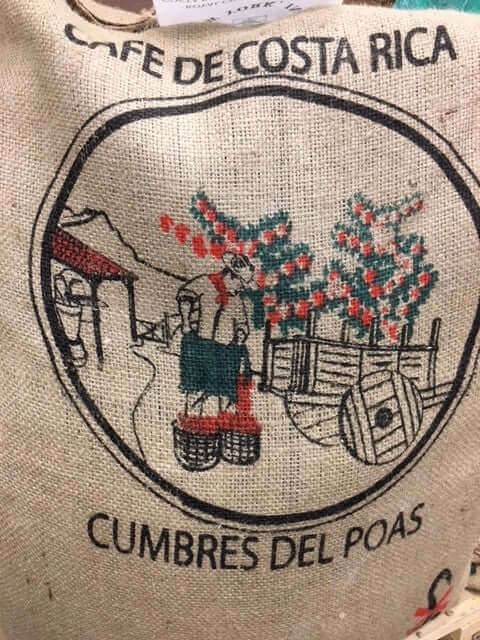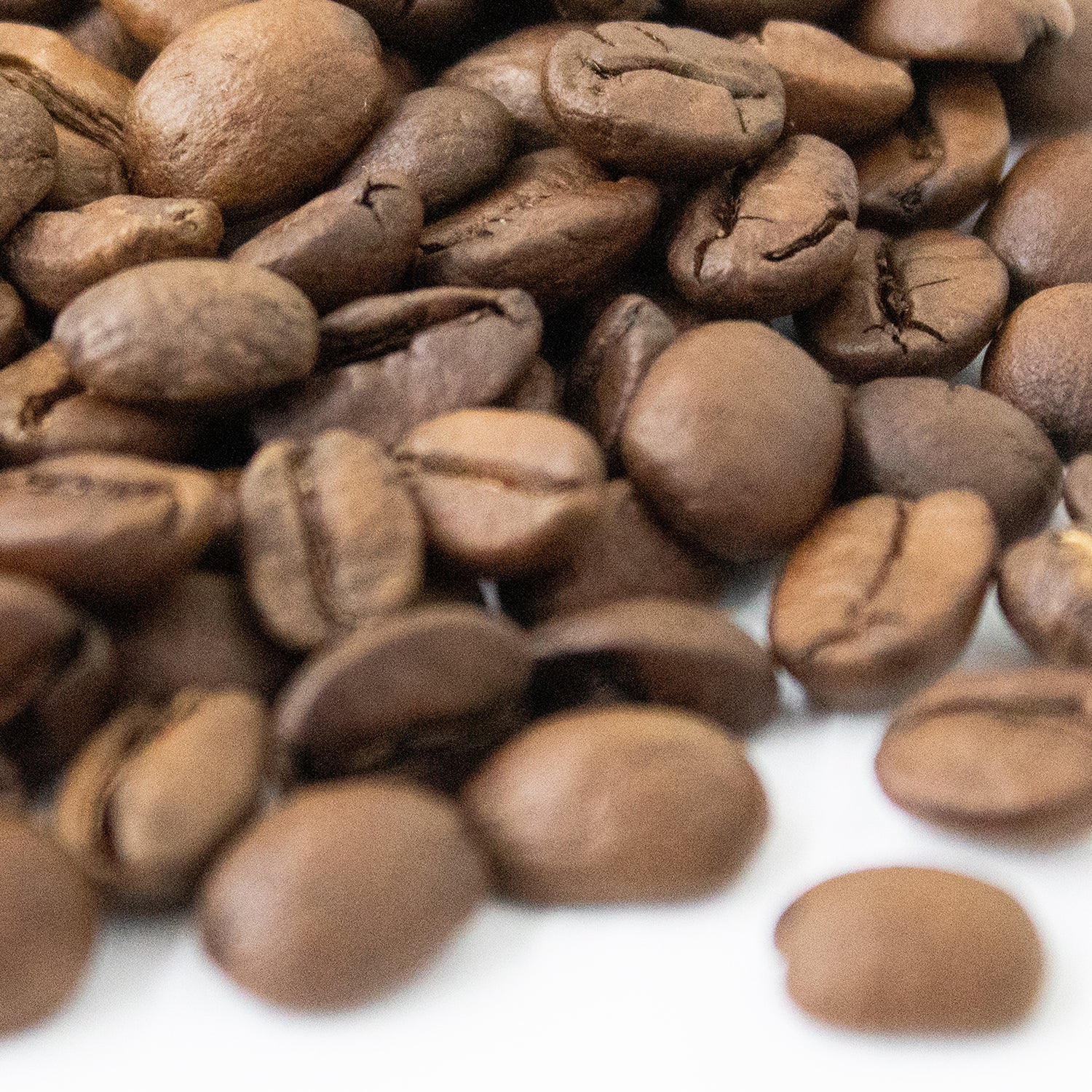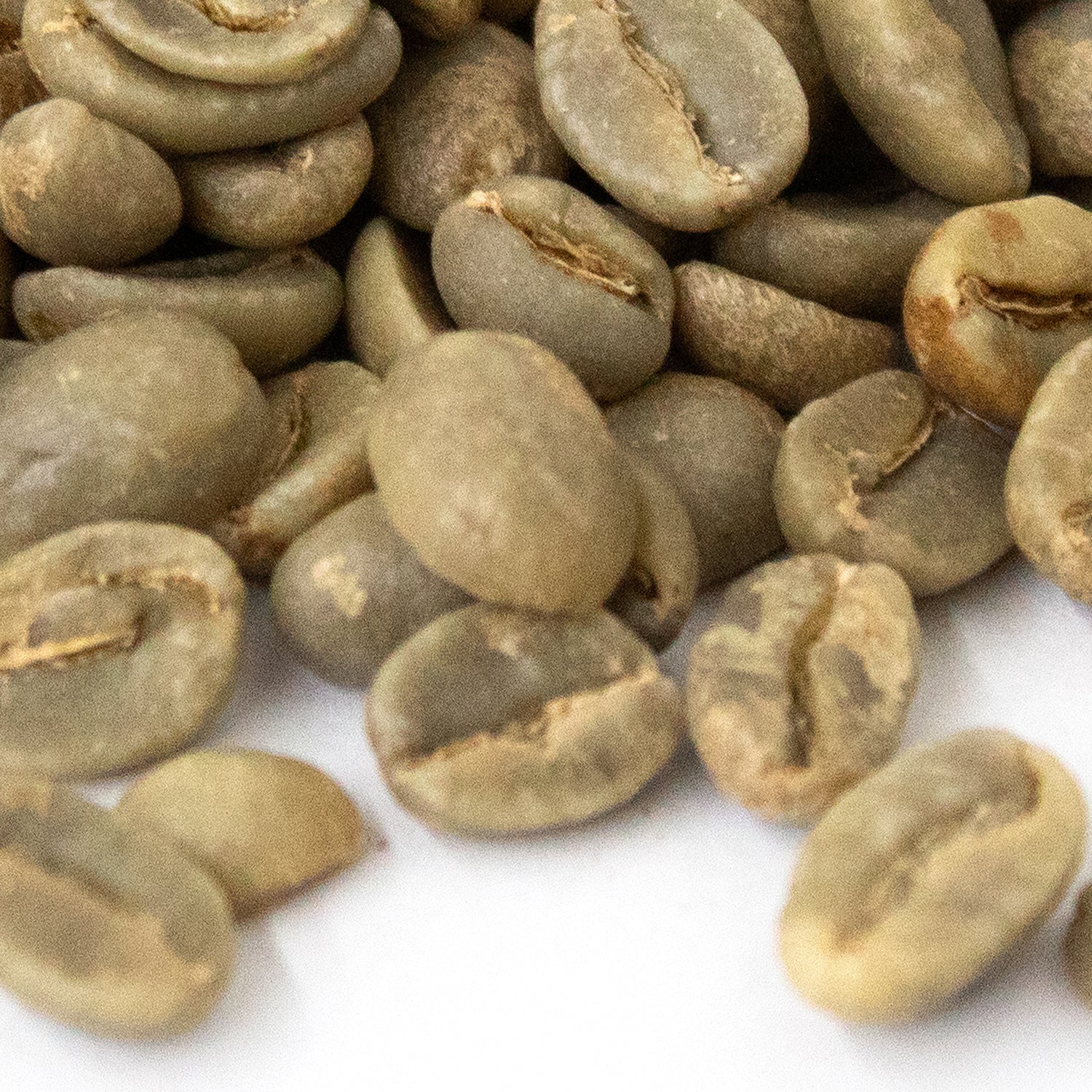Central American
Costa Rica Cumbres del Poas Black Honey
Costa Rica Cumbres del Poas Black Honey
This is from the Cumbres del Poas Estate up in the highlands almost a mile above sea-level. They "honey processed" this lot of coffee by hand which means the "honey" (the fruit pulp) was left on the coffeebean in order to give it an extra dimension of flavor and sweetness. "Black" honey is the longest amount of time that it is left on, making it the most fruity and sweetest of all the honeys. (Red, Yellow, and White are the other ones).
The farm is called "Cumbres del Poas" which loosely translates as "Summit of Sticks" and they use all organic farming methods. Costa Rica was the first to "pioneer" honey processed coffees and Cumbres del Poas was the original farm to develop this processing. This lot was produced by Dona Franscica and her husband Oscar Chacon and they are 3rd generation coffee farmers. Emmett drove through this region on his last trip to Central America and loved how beautiful and bountiful it looked.
This is not as hard to roast as some honey coffees, but a few degrees difference does give you very different results -- its just that most of the results still taste pretty good. In lighter roasts, you have a tartness, like black cherry or lime, with slight chocolate and plum. Very floral, almost rose. It has good body for a honey processed coffee, which makes it very easy to drink. Sweet aftertaste which keeps you coming back for another sip. A few degrees darker gets you more cherry, and as it cools, an almost sugary or honey-flavored sweetness comes out. But it also starts to get a little bit bitter and loses that fruity kick. The overall smoothness in the coffee is enjoyable - it has that "soft" mouthfeel that you often find in a honey coffee.
By definition, a honey coffee has had the sugars of the coffee fruit imbued into the pit during the processing, so it is a delicate bean that is susceptible to scorching. If you have a drum roaster, don't preheat it above 350 degrees, and go lower if you can. Then nudge the heat up gently, evenly, give it plenty of time to get through the 1st cracks, maybe wait 30 seconds more, let it out. If in doubt, err on the side of being too light. Keep the roast under 15 minutes. If the bean temp gets much over 400 degrees you start burning the sugars. If you have a way to control the exhaust fan on your roaster, keep it high from the start of first cracks till the end of the roast.This helps keep the coffee very crisp and clean.
As espresso (on the slightly darker roast level) the first sip it is intensely bright and fruity. Grape candy in the aftertaste. Second sip is better and really draws you in.
US Arrival July 2021








